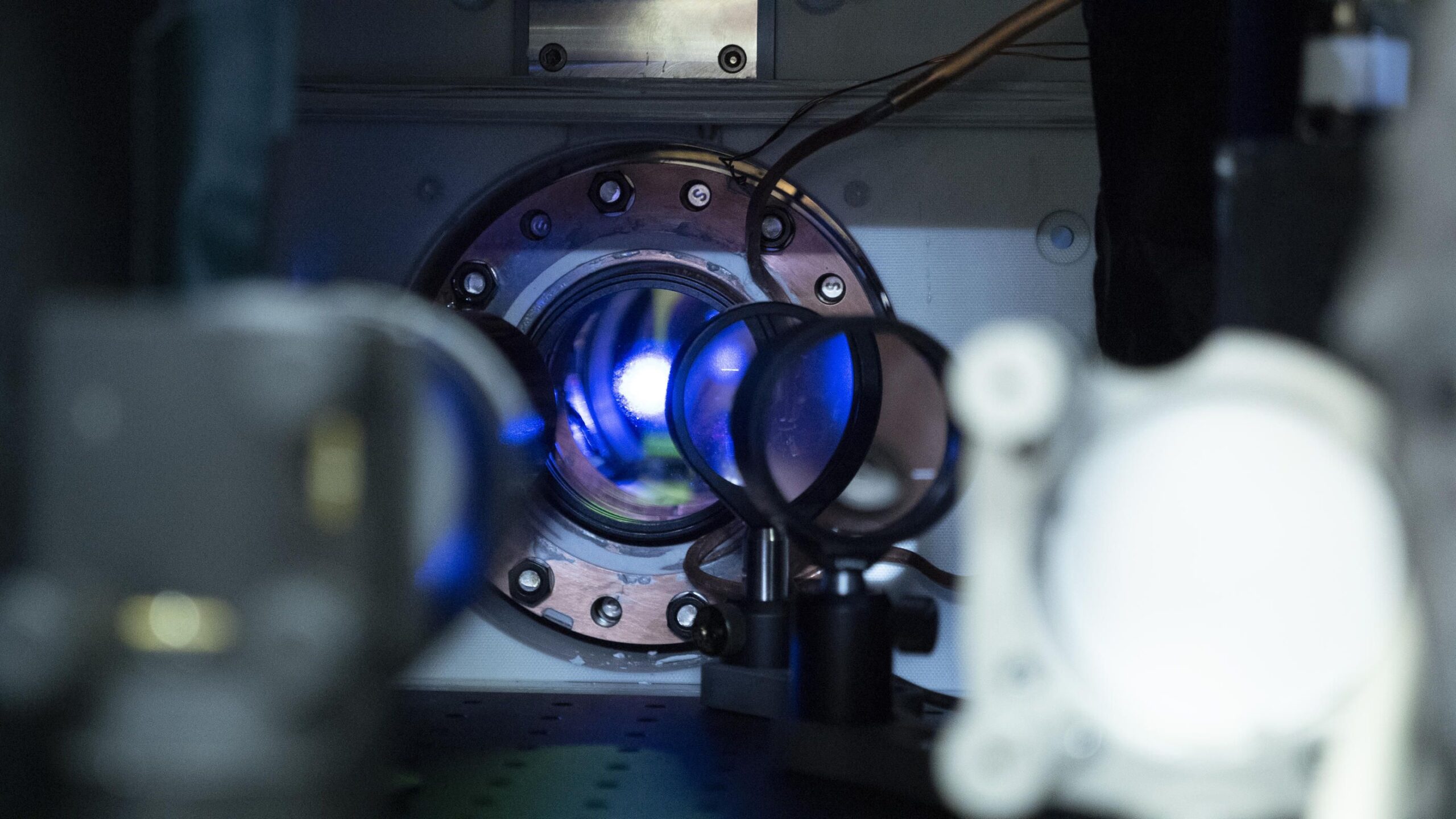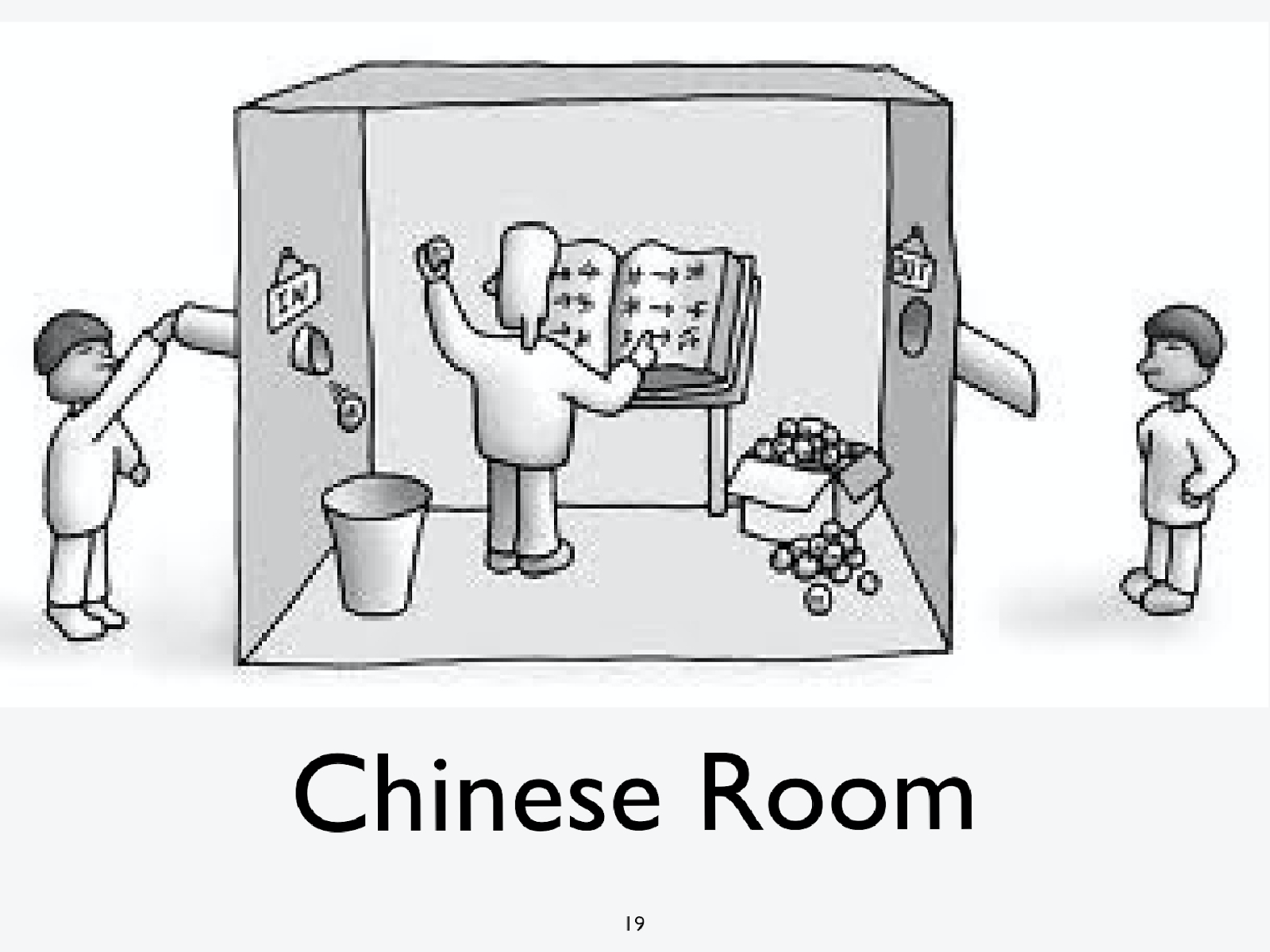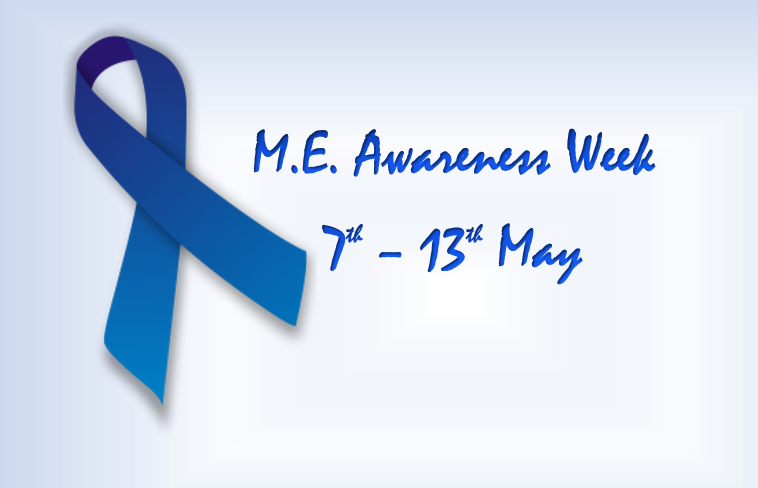By Qingyang Zhang, Y12
Remember those “a-ha” moments in geometry class where you realised finding intersection points on a graph is connected to algebra? Remember realising that the physical concept of temperature as average kinetic energy explains rates of chemical reactions, illustrating the overlap between the sciences? Personally, making connections between different subjects is an effective way for me to consolidate my learning and look at what I learn through a bird’s-eye view. You have probably heard of the phrase “thinking outside of the box,” meaning thinking outside conventional boundaries. This is what we do when we make connections across subjects. But where do the boundaries of a subject come from? This colloquial expression hints at a profound discussion regarding the nature of knowledge. I think that although our learning process is divided into distinct subjects (Maths, Physics, English), knowledge from different subjects is integrated.
The quest for mathematical knowledge reveals the integrity of mathematics. Fermat’s Last Theorem was first conjectured by Pierre de Fermat. The conjecture is shown in the photo below and explained by Simon Singh. Fermat claimed that he had found a proof but never wrote it down. Since then, proving/disproving Fermat’s last theorem became the pursuit of generations of mathematicians.
Fermat’s conjecture appears to be a problem about number theory, but the breakthroughs in proving Fermat’s last theorem draw upon areas of maths such as modular functions, elliptical curves and topology (Click here to learn more). This shows we can make connections between different mathematical topics, serving as a reminder that although our learning process at school are divided into topics, the areas within them are intertwined. Algebra, functions, and trigonometry are artificial divisions that humans assign so these areas of mathematics can be more systematically studied and organised, even when in reality they are unified.
Not only can we make connections between sub-areas in a field, but we can also make connections across fields. Quantum mechanics was developed in the early 20th century as a more accurate theory to describe reality compared to classical mechanics. Since then, pioneers of quantum mechanics such as Erwin Schrodinger and Niels Bohr have applied it to biology, and have been able to explain biological phenomena using quantum mechanics. The ingenious idea to make the connection between quantum mechanics and biology sparked a new field, quantum biology, and is a hot topic for research.
This again shows that physics, chemistry, biology are artificial boundaries, since reality does not care about the divisions humans set up.
This highlights the importance of training ourselves to “think outside the box,” to be more active in making connections, and to embrace those “a-ha” moments. It is often at the boundaries of subjects and “outside the boxes” that new ideas bloom.



